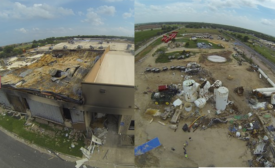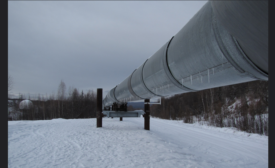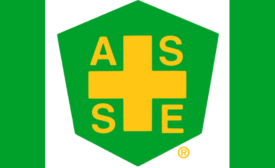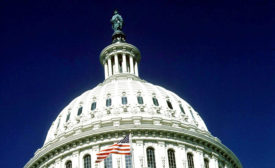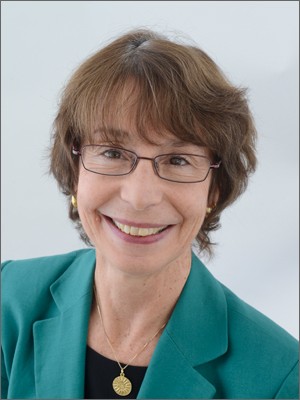News
Ga. automotive facility cited for safety & health violations
Lockout/tagout, hazcom problems
March 21, 2017
A blog post from the Union of Concerned Scientists
Will Congress turn its back on the safety of America’s workers?
March 20, 2017
Never miss the latest news and trends driving the safety industry
eNewsletter | Website | eMagazine
JOIN TODAYCopyright ©2024. All Rights Reserved BNP Media.
Design, CMS, Hosting & Web Development :: ePublishing
